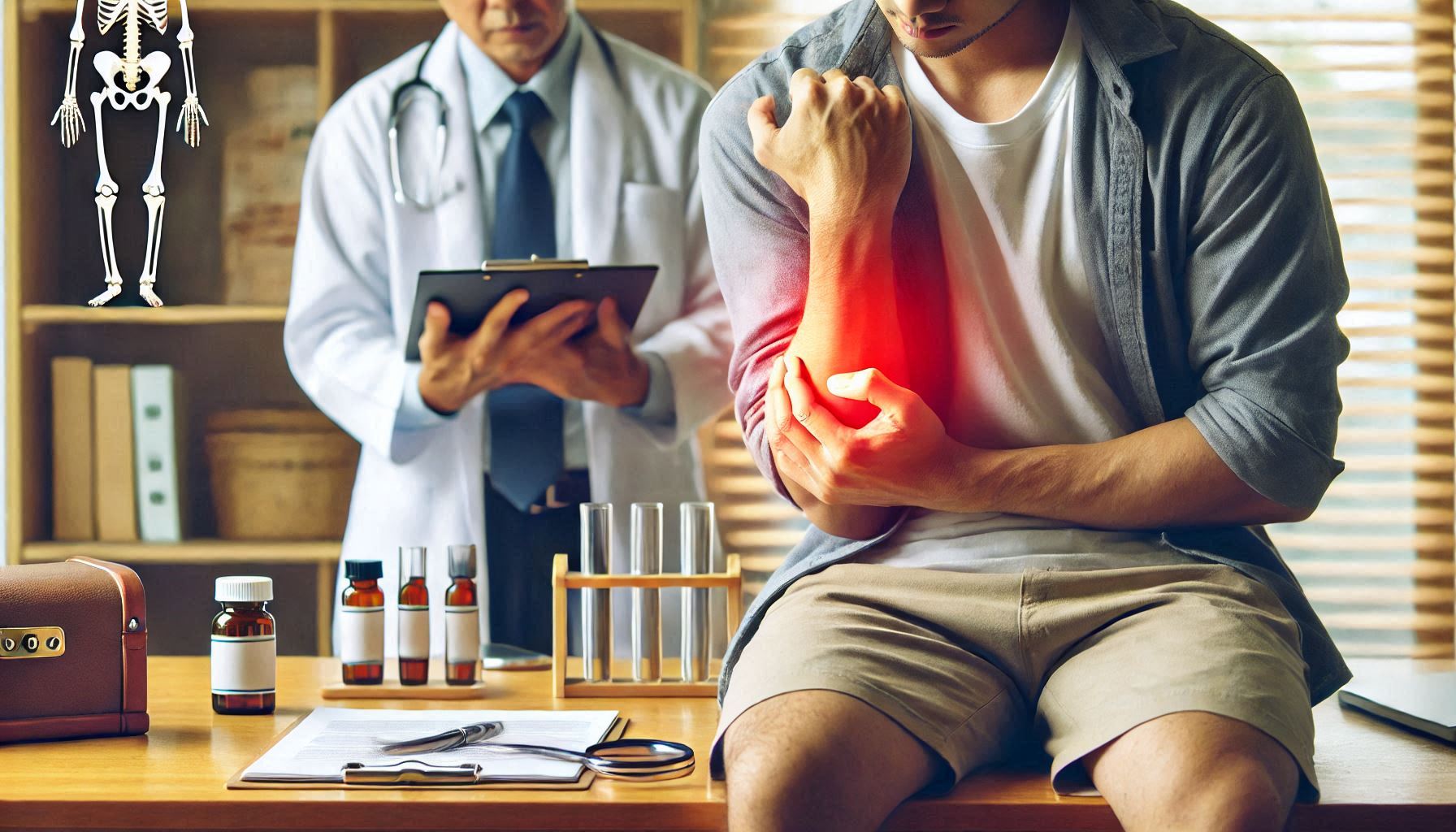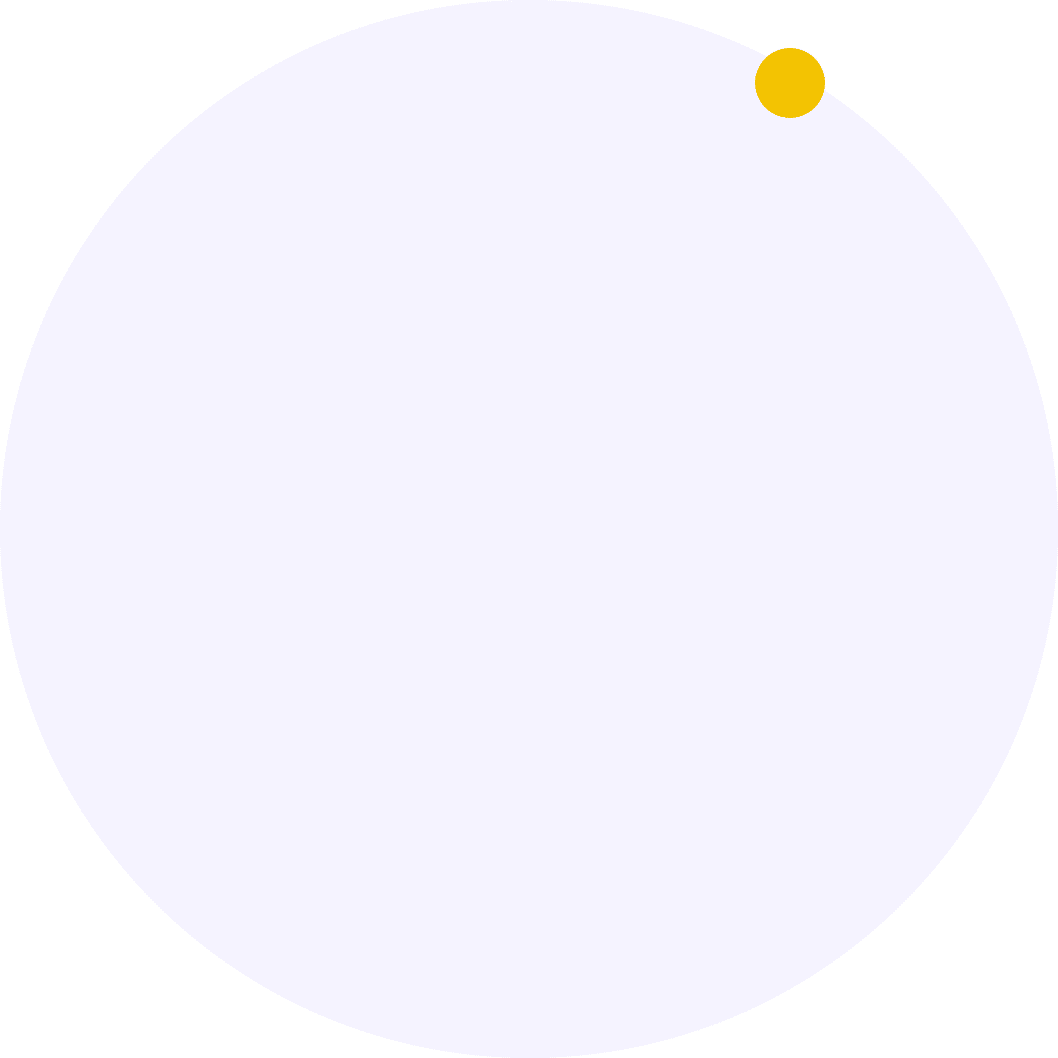Shopping Cart
CloseNo products in the cart.
Filter
closeUnlocking Joint Health: How to Prevent and Reduce Joint Pain
Author: ItHurts.com
A Comprehensive Talk on Say Goodbye to Joint Pain

Understanding the Basics:
Joint pain affects millions worldwide, diminishing the quality of life for individuals across all age groups. Whether caused by injury, overuse, or underlying medical conditions, joint pain can limit mobility and productivity, making prevention and relief essential for overall well-being. This article explores joint pain in detail, including its causes, presentation, treatment, scientific insights, and prevention strategies.
Understanding Joint Pain: Types and Characteristics
Joint pain can manifest in different forms and intensities, depending on the underlying cause and the joint affected. The most common types of joint pain include:
a. Acute Pain
– Characteristics: Sudden, sharp pain often triggered by injury or overuse.
– Intensity: Ranges from mild to severe.
– Location: Commonly affects joints like knees, shoulders, or wrists after physical strain.
b. Chronic Pain
– Characteristics: Persistent, long-term discomfort lasting three months or longer.
– Intensity: Often dull or aching but can include flare-ups.
– Location: Hips, knees, and lower back are frequent sites.
c. Inflammatory Pain
– Characteristics: Accompanied by redness, swelling, and warmth.
– Intensity: Moderate to severe, often worsened by activity.
– Location: Frequently associated with autoimmune diseases like rheumatoid arthritis.
d. Mechanical Pain
– Characteristics: Pain caused by wear-and-tear or movement issues.
– Intensity: Usually mild to moderate but worsens with movement.
– Location: Weight-bearing joints like knees, hips, and ankles.
Common Causes of Joint Pain
Several factors contribute to joint pain. Understanding these causes is critical for targeting treatment effectively:
– Injury or Trauma: Sprains, strains, and fractures can lead to acute joint pain.
– Arthritis: Osteoarthritis (degenerative) and rheumatoid arthritis (autoimmune) are leading causes.
– Overuse: Repetitive stress or high-impact activities strain joints over time.
– Infections: Viral or bacterial infections can cause temporary joint inflammation.
– Autoimmune Diseases: Conditions like lupus or psoriatic arthritis inflame joints.
– Lifestyle Factors: Obesity, poor posture, and sedentary behavior increase joint stress.
– Aging: Natural wear-and-tear leads to cartilage degradation and joint pain.
Underlying Reasons for Joint Pain
a. Muscle Strain
– Overexertion of muscles surrounding the joint can cause stiffness and discomfort.
b. Nerve Compression
– Conditions like sciatica or carpal tunnel syndrome involve nerves compressed around joints, resulting in radiating pain.
c. Cartilage Wear
– Loss of cartilage due to aging or osteoarthritis leads to increased friction between bones, causing pain.
d. Inflammation
– Immune system overactivity, infections, or gout can trigger inflammation, swelling, and joint pain.
e. Fluid Accumulation
– Synovial fluid buildup due to injury or infection increases joint pressure and pain.
How Joint Pain Typically Presents Itself
Joint pain often begins subtly and escalates over time. Symptoms to watch for include:
– Stiffness: Limited range of motion, particularly after inactivity.
– Swelling: Visible inflammation or puffiness around the joint.
– Pain with Movement: Discomfort exacerbated by activity.
– Instability: Joints feeling weak or giving way under weight.
Treatment and Relief for Joint Pain
Addressing joint pain requires a multifaceted approach that includes physical, holistic, and medical interventions. Here are some actionable strategies:
a. Exercises and Stretches
– Strengthen Muscles: Low-impact exercises like swimming and cycling stabilize joints.
– Stretching: Yoga or targeted stretches improve flexibility and relieve stiffness.
b. Self-Massage Techniques
– Use foam rollers or massage balls to ease muscle tension around the joint.
– Apply moderate pressure in circular motions for 5–10 minutes.
c. Holistic Approaches
– Acupuncture: Proven to reduce inflammation and improve joint mobility[^1].
– Dietary Changes: Anti-inflammatory foods like turmeric, omega-3-rich fish, and leafy greens help.
d. Medical Treatments
– Over-the-Counter Medication: NSAIDs like ibuprofen alleviate mild pain.
– Injections: Corticosteroids reduce severe inflammation.
– Surgery: For advanced cases, joint replacement or arthroscopy may be necessary.
[^1]: [Source: National Institutes of Health (NIH) Study on Acupuncture for Joint Pain Relief](https://www.nih.gov/).
Scientific Research on Joint Pain
Numerous studies have expanded our understanding of joint pain and its management:
– A 2023 study published in *The Lancet* highlighted that **weight management reduces the risk of osteoarthritis** by 30%.
– Research from the *Arthritis Foundation* demonstrated that **strength training alleviates chronic pain** in 75% of participants within three months[^2].
[^2]: [Source: Arthritis Foundation Research](https://www.arthritis.org/).

Final Thoughts:
Joint pain is a complex but manageable condition. Understanding its types, causes, and physiological underpinnings provides the foundation for effective relief and prevention strategies. From targeted exercises and holistic treatments to ergonomic adjustments and dietary changes, numerous tools exist to alleviate pain and promote joint health.
**Key Takeaways:**
– Prioritize joint health through regular activity, good posture, and a balanced diet.
– Explore both conventional and holistic pain relief methods tailored to your needs.
– Prevent joint pain proactively with ergonomic practices and stress management.
By adopting these strategies, you can regain mobility, enhance your quality of life, and embrace a pain-free future. Take the first step today—your joints will thank you!
For a deeper dive into joint health or personalized pain management tips, subscribe to ItHurts.com and join our wellness community. Together, we can overcome pain and build a healthier tomorrow.
ItHurts.com is your ally in your endeavor to live pain-free. We offer guidance, resources, and community support to address chronic pain, emotional stress, and physical discomfort. Discover insightful articles, product reviews, recommendations and shared experiences to empower your journey to better health. Remember, if it hurts, we can help!
Related Products
No posts found!
Related Blogs
No posts found!
